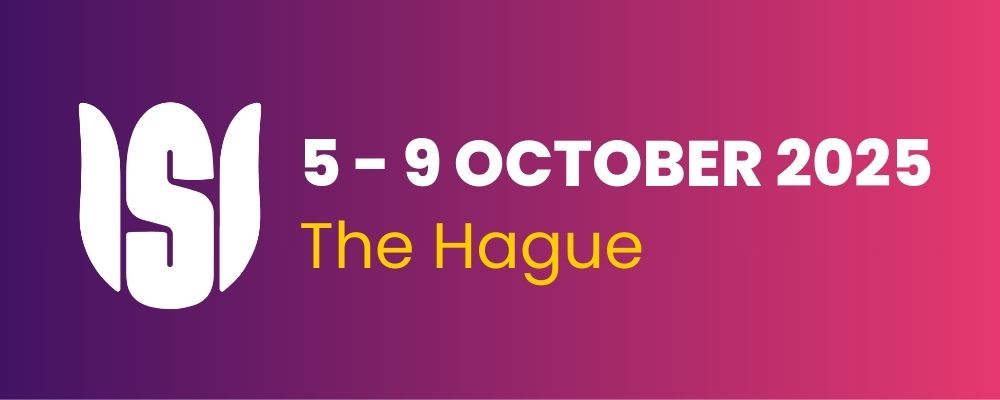Using geospatial data to produce small area population estimates in England and Wales
Conference
65th ISI World Statistics Congress
Format: IPS Abstract - WSC 2025
Keywords: geospatial, population, small area estimation
Session: IPS 961 - Use of Geospatial Methods for Small Area Population Estimation
Tuesday 7 October 10:50 a.m. - 12:30 p.m. (Europe/Amsterdam)
Abstract
The Office for National Statistics (ONS) is implementing a plan to improve the quality of population and economic statistics for England and Wales. In this talk, we give an overview of how geospatial methods and data have been considered to produce intercensal small area population estimates to support conclusions on a future approach.
The use of geospatial methods and data for small area population estimation has been developed by several groups and organisations such as WorldPop at the University of Southampton. Broadly, there are two geospatial approaches we have explored: top-down and bottom-up. Top-down methods take known, high-quality aggregated population estimates and break these down using geospatial data at small area geographies. In contrast, bottom-up methods take a sample of population data at the target small area, model this against geospatial data, and then use these models to predict populations for the out-of-sample areas. These predictions can then be calibrated to higher quality population estimates at larger area geographies.
For both approaches, we make use of various types of geospatial information including publicly available satellite imagery that measures night-time lights radiance, classifies land cover and use, as well as data that captures transport network availability and accessibility. We also make use of the rich administrative data available in the ONS. These data sources each on their own are unlikely to have sufficient coverage and quality for producing small area population estimates, however they show significant promise for use in geospatial modelling.
The richness of these data sources allows us to summarise data at varying geographical scales, from established statistical geographies (e.g. Lower Super Output Area; LSOA) down to 100m x 100m grid squares. Part of our work has investigated the potential benefit of producing population statistics within a high-resolution grid rather than directly at the target small area geography. A challenge with grid-based modelling within statistical geographies is that they are designed to preserve population within a target range but vary by land area. Some areas are thus much larger than the resolution of geospatial data and aggregating geospatial information to such areas may mask predictively useful information. We are exploring whether grid-level modelling better captures the geospatial properties of the data allowing for stronger relationships between geospatial information and population to be modelled. Furthermore, creating gridded estimates offers flexibility as a building block to aggregate up to a range of desired geographies.
This talk summarises our work to date considering these geospatial approaches and importantly whether they produce estimates of sufficient quality as compared to current methods used for small area population estimation in England and Wales.
